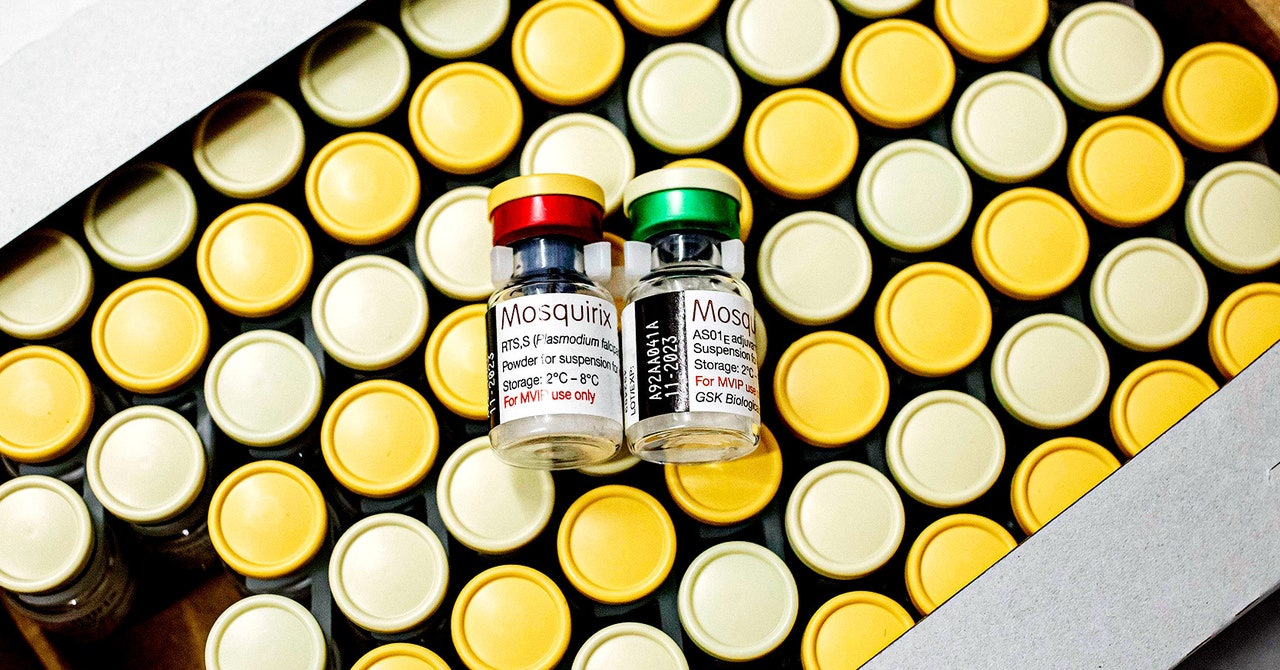
Though homegrown malaria recently flared in the US, “there’s no high-income market for this product,” says Aurélia Nguyen, the chief program officer of Gavi, the Vaccine Alliance, which has made an initial commitment of $155 million to bring the new formulas to market and is beginning work on what it calls an African vaccine manufacturer accelerator. “Let’s make sure we really optimize the two suppliers we have today. But over time, let’s make sure we build toward a diverse manufacturer base, including diversity in terms of geographic production.”
For now, experts say the arrival of the vaccines won’t mean that countries can stop using long-standing methods of controlling malaria: spraying insecticides, distributing treated bed nets, and ensuring that people receive affordable preventive drugs. Sustained promotion of those methods by international agencies since 2000 has forced malaria rates down, but that progress has stalled recently. So the vaccines are urgently needed—but at this stage, they can’t be considered a replacement.
“The vaccines focus on children under 5, so they don’t cover the entire population. The other interventions do,” says Michael Adekunle Charles, a physician who is CEO of the nonprofit RBM Partnership to End Malaria. “And their efficacy is not at 100 percent. So in order to really get the coverage that is needed, we need to combine it with other tools to get the maximum benefit.”
As the vaccines roll out, they will also face the hurdles that other campaigns have encountered: challenges in distributing doses to remote areas, keeping them within safe temperature limits, and ensuring that health care workers and parents will be enthusiastic about their arrival. But the biggest hurdle—as always, in global public health—will be money. Keeping up donor zeal, from philanthropy and from rich nations, has been a long-time challenge for multiyear vaccination campaigns such as those against measles and polio.
Supporters hope the vaccine can make the case on economic benefits, not just on humanitarian grounds. In some low-income countries, malaria prevention consumes 40 percent of health care budgets. The cost to global productivity is believed to be $12 billion per year. Currently, though, “malaria funding is not looking good,” Charles says. “We have 50 percent of the funding we need, a $3.6 billion shortfall every year. The mosquito is consistently evolving—and if we don’t get ahead of it, the mosquito will continuously outsmart us.”

